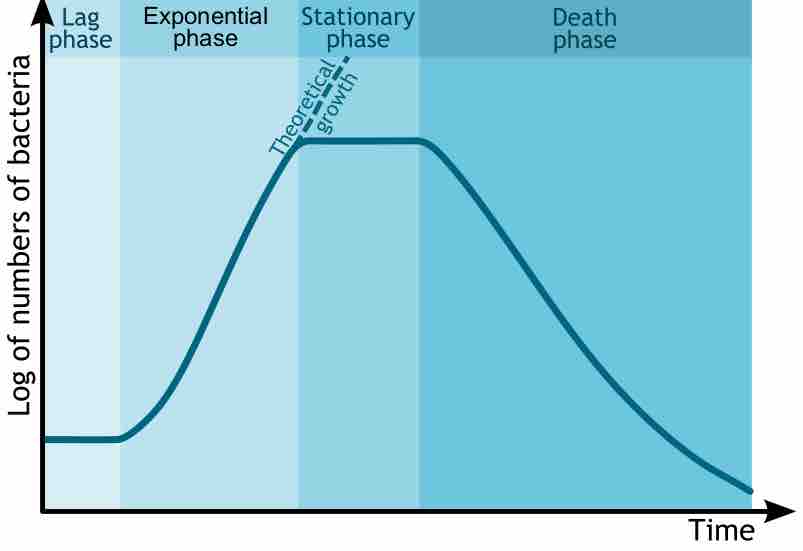Microbes are broadly defined as organisms that are microscopic. As a result, measuring them can be very difficult. The units used to describe objects on a microscopic length scale are most commonly the Micrometer (oi) - one millionth of 1 meter and smaller units. Most microbes are around 1 micrometer in size. Viruses are typically 1/10th that size. Animal cells are typically around 10 micrometers in size. However, length is not the only measurement that pertains to microbes. Microbes have genomes and these are typically smaller than the genomes of macroscopic organisms such as humans. DNA is measured in base pairs of DNA. For example, the human genome is about 3.4 billion base pairs while the common intestinal bacteria Escherichia coli is 4.6 million base pairs. Additionally, microbes are usually not weighed individually, but can be as an aggregate for various experiments. An estimate of the weight of an individual microbe can be made by estimating the number of microbes. This is especially important for biomass studies where the units of measurement are in units like picog, 10-12 of a kilogram (Kg), nanogram 10-9 of a Kg, and microgram, 10-6 of a Kg (a kilogram is a little over 2 pounds).
Microbial growth is an important measure in understanding microbes. Microbial growth is the division of one microbe into two daughter cells in a process called binary fission. As a result, "local doubling" of the microbial population occurs. Both daughter cells from the division do not necessarily survive. However, if the number surviving exceeds unity on average, the microbial population undergoes exponential growth. The measurement of an exponential microbial growth curve in batch culture was traditionally a part of the training of all microbiologists; The basic means requires bacterial enumeration (cell counting) by direct and individual (microscopic, flow cytometry), direct and bulk (biomass), indirect and individual (colony counting), or indirect and bulk (most probable number, turbidity, nutrient uptake) methods . Since there are limits on space, food, and other factors, actual growth never matches actual measured growth.

Bacterial Growth Curve
This chart shows the logarithmic growth of bacteria. Note the Y-axis scale is logarithmic meaning that the number represents doubling. The phases of growth are labelled on top.